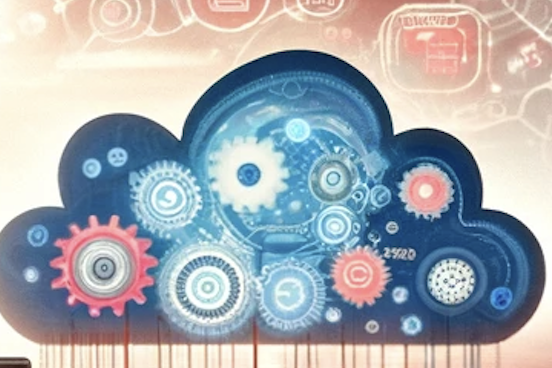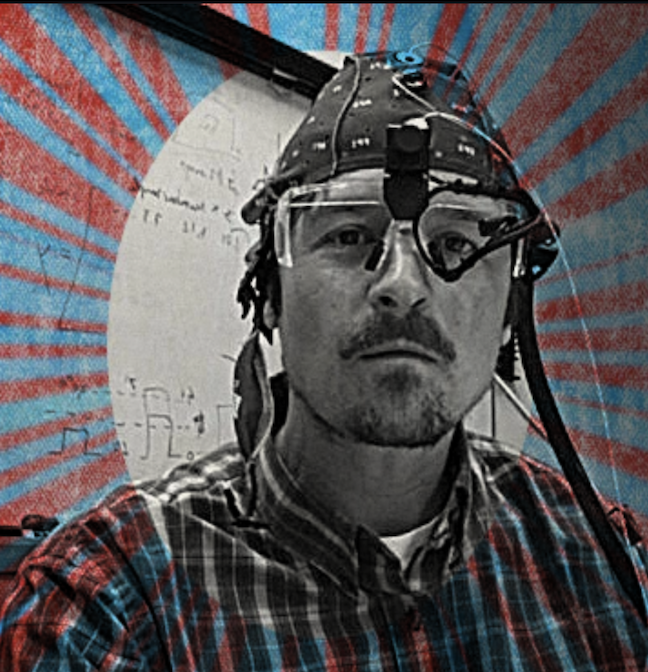Emerging Technologies and Trends Impacting DevOps Practices in the Drupal Ecosystem
The Drupal ecosystem, like many others in the web development and IT sectors, is continually evolving, influenced by broader technological trends and innovations. These emerging technologies and trends not only shape the future of Drupal development but also impact DevOps practices within the Drupal community. Let's take a look at several key trends and technologies making waves across the web right now.
Decoupled and Headless Drupal
The movement towards decoupled (or headless) architectures, where the Drupal backend is separated from the frontend presentation layer, is gaining momentum. This approach allows for more flexible and modern frontend technologies (like React or Vue.js) to be used, improving the user experience. For DevOps, this means adapting deployment pipelines to handle separate codebases and ensuring seamless integration between backend and frontend systems.
 Cloud-Native Technologies
Cloud-Native Technologies
The adoption of cloud-native technologies, including containerization (Docker, Kubernetes), microservices architectures, and serverless computing, is reshaping how Drupal applications are developed, deployed, and scaled. DevOps practices in the Drupal ecosystem need to incorporate container management, orchestration tools, and cloud services to leverage the scalability, resilience, and flexibility offered by these technologies.
Automation and AI in Testing
Automation in testing is not new, but the integration of AI and machine learning for predictive analysis, test generation, and optimization is an emerging trend. These technologies can help identify areas of the Drupal application that need more thorough testing based on historical data, improving test coverage and efficiency.
Infrastructure as Code (IaC)
IaC is becoming a standard practice, allowing teams to manage their infrastructure using code and version control systems, similar to how they manage application code. Tools like Terraform and Ansible are being used to automate the provisioning and management of cloud infrastructure for Drupal sites, enhancing consistency, repeatability, and scalability.
Continuous Integration and Deployment (CI/CD) Enhancements
While CI/CD is already a cornerstone of DevOps, new tools and platforms continue to emerge, offering improved integration with Drupal projects. These enhancements focus on simplifying the setup and management of CI/CD pipelines, integrating security and performance testing into the deployment process, and providing more sophisticated rollback and canary deployment capabilities.
Performance Monitoring and Real-Time Analytics
Advanced monitoring tools and real-time analytics are increasingly important for maintaining and optimizing Drupal applications. These tools offer insights into application performance, user behavior, and potential bottlenecks, enabling proactive optimization and improvements. DevOps teams must integrate these tools into their workflows to ensure high performance and reliability.
Security Shifts Left
The "shift-left" security approach integrates security considerations earlier in the software development lifecycle, promoting a proactive rather than reactive stance on security. For Drupal DevOps, this means incorporating security tools and practices (such as static code analysis, vulnerability scanning, and compliance checks) directly into the CI/CD pipeline.
Blockchain and Decentralized Technologies
While still emerging, blockchain and decentralized technologies offer potential use cases for secure, tamper-proof transactions and data management. In the context of Drupal, this could impact how certain applications are developed and deployed, particularly those requiring high levels of security and trust.

These trends highlight the dynamic nature of the Drupal ecosystem and the broader field of web development. Adapting to these changes requires DevOps professionals to continuously learn and integrate new technologies and practices into their workflows, ensuring that Drupal applications remain cutting-edge, secure, and scalable.
Conclusion
In the ever-evolving world of Drupal, where the landscape shifts faster than sand dunes in a desert storm, the emergence of new technologies and trends is not just exciting; it's reshaping the very fabric of DevOps practices. From the decoupling dance that allows front and back ends to groove to their own beats, to the cloud-native conga line transforming how applications scale and survive in the wild web, Drupal DevOps is in the midst of a thrilling transformation.
Imagine Drupal as a bustling metropolis, and DevOps as its urban planners and architects. As the city grows, new technologies like containerization, AI in testing, and Infrastructure as Code are the high-speed rails and smart buildings making life in "Drupal City" more efficient, secure, and enjoyable for its inhabitants. The move towards a headless CMS architecture is like giving the city a makeover, enabling sleek, modern facades (front-ends) that attract more visitors. Meanwhile, the adoption of real-time performance analytics and "shift-left" security practices ensures that the city is not only bustling but also safe and sound.
 Why does this matter? In a digital era where the pace of change is only outmatched by the scale of interconnectedness, staying ahead in the Drupal DevOps game is not just about keeping up; it's about setting the pace. Embracing these trends and technologies means building a more open, inclusive, secure, performant, and modern web. It's about creating digital experiences that are as dynamic and diverse as the global audience they serve. As we look towards the future, the role of Drupal DevOps is clear – to continue innovating and adapting, ensuring that the web remains a space where everyone, and every application, can thrive. So, buckle up! The journey through the Drupal DevOps landscape is only getting more exhilarating.🪐🚀
Why does this matter? In a digital era where the pace of change is only outmatched by the scale of interconnectedness, staying ahead in the Drupal DevOps game is not just about keeping up; it's about setting the pace. Embracing these trends and technologies means building a more open, inclusive, secure, performant, and modern web. It's about creating digital experiences that are as dynamic and diverse as the global audience they serve. As we look towards the future, the role of Drupal DevOps is clear – to continue innovating and adapting, ensuring that the web remains a space where everyone, and every application, can thrive. So, buckle up! The journey through the Drupal DevOps landscape is only getting more exhilarating.🪐🚀
This article is part of a series on DevOps and Drupal. Parts of this article are also published by me on the Acquia Developer Portal.

